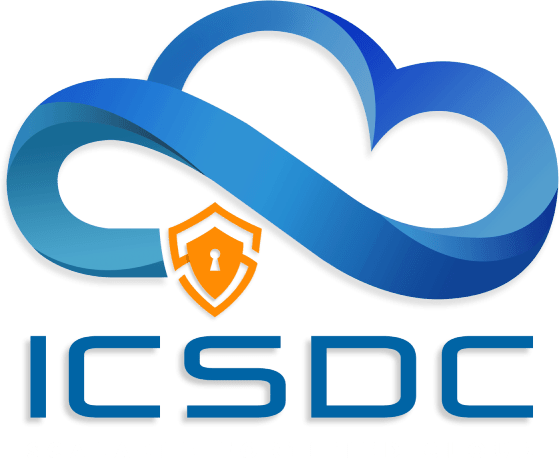
What is Indian Cloud Services VPC?
The growing need for secure networks stems from the increasing digital footprints of online businesses, greater demands for cloud mobility, and the surge in data breaches over networks. The Virtual Private Cloud (VPC) by Indian Cloud Services offers a secure, isolated, private IP network within the Indian Cloud Services ecosystem. This private networking solution provides a robust security foundation, enhancing the privacy and protection of data as it circulates within the Indian Cloud Services platform, isolated from the public internet.
As with all offerings by Indian Cloud Services, the VPC is designed with simplicity at its core. Users can easily deploy VPCs without prior networking expertise. To keep the process straightforward and user-friendly, complexities like subnetting and intricate IP addressing are minimized. Even if users don’t intentionally create a custom VPC, all resources are automatically placed into a “default” VPC, ensuring a frictionless experience. For advanced users, custom VPCs can be created with address ranges chosen from the RFC1918 address space, offering greater control over network configurations.
Behind the Scenes
Networking Model for Virtual Machines
Indian Cloud Services’ virtual machines feature two network interfaces:
- Public Interface (eth0): Includes a public IPv4 address, reserved IP support, and an optional public IPv6 address.
- Private Interface (eth1): Allocates a private IPv4 address from the VPC subnet where the virtual machine resides. All VPC traffic flows exclusively through this private interface.
For example, a virtual machine’s networking setup might look like this:
shellCopy code2: eth0: <BROADCAST,MULTICAST,UP,LOWER_UP> mtu 1500
inet 192.168.1.10/24
3: eth1: <BROADCAST,MULTICAST,UP,LOWER_UP> mtu 1500
inet 10.0.0.5/16
Here, the eth0 interface handles public traffic, while eth1 is dedicated to private traffic within the VPC. The private traffic operates on a Layer 2 (L2) domain, enabling communication between virtual machines using Media Access Control (MAC) addresses.
Data Plane Isolation with VXLAN
To ensure secure and isolated communication, VPCs utilize VXLAN (Virtual Extensible LAN) tunnels. Each VPC operates within its unique VXLAN network, identified by a VXLAN Network Identifier (VNI). This encapsulation ensures:
- Traffic remains isolated within its designated VPC.
- Overlapping IP addresses are supported across different tenants.
- Hypervisor-to-hypervisor communication uses point-to-point VXLAN tunnels.
VXLAN encapsulation is facilitated by Virtual Tunnel Endpoints (VTEPs) located on each hypervisor. These endpoints encapsulate and decapsulate VXLAN traffic, ensuring efficient data transfer between virtual machines.
Control Plane for VPCs
The VPC control plane orchestrates routing and data path updates in real-time. It handles tasks like:
- Adding or removing virtual machines from a VPC.
- Migrating workloads due to maintenance or fault recovery.
- Reconfiguring the VPC mesh to reflect updated states across the hypervisor fleet.
This distributed system ensures scalability, low latency, and resilience during surges in network activity, such as hypervisor evacuations or rapid scaling of workloads.
Why Choose Indian Cloud Services VPC?
- Enhanced Security: Isolated private networks safeguard sensitive data.
- Ease of Use: Simplified configurations ensure accessibility for beginners and flexibility for advanced users.
- Scalability: Seamlessly adapt to changing workloads with robust control plane mechanisms.
- Reliability: State-of-the-art infrastructure ensures high availability and performance.
Explore the full potential of VPCs with Indian Cloud Services. Visit www.indiancloudservices.com for more information or contact us at +91-9810958857 or info@clawdevelopment.in.
4o
